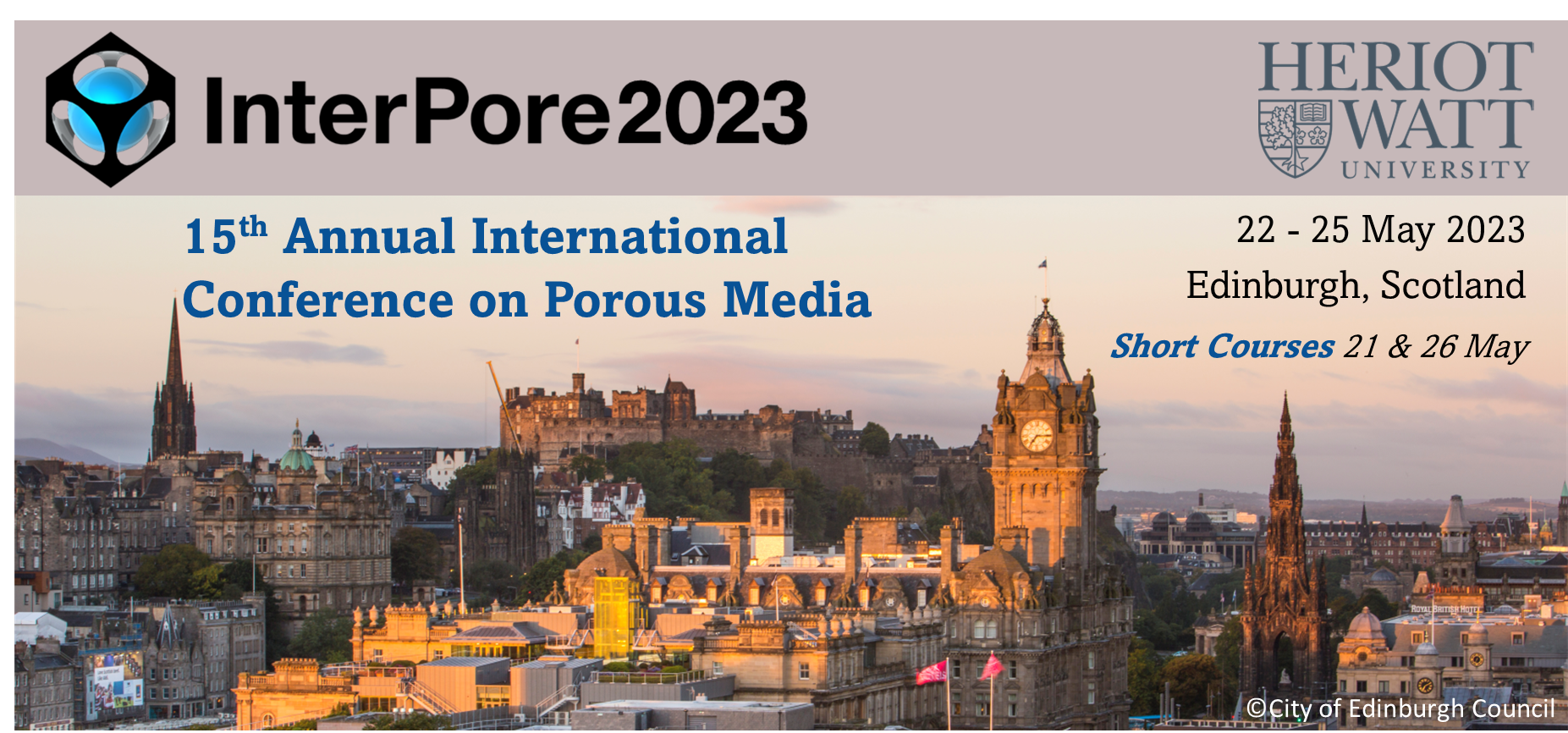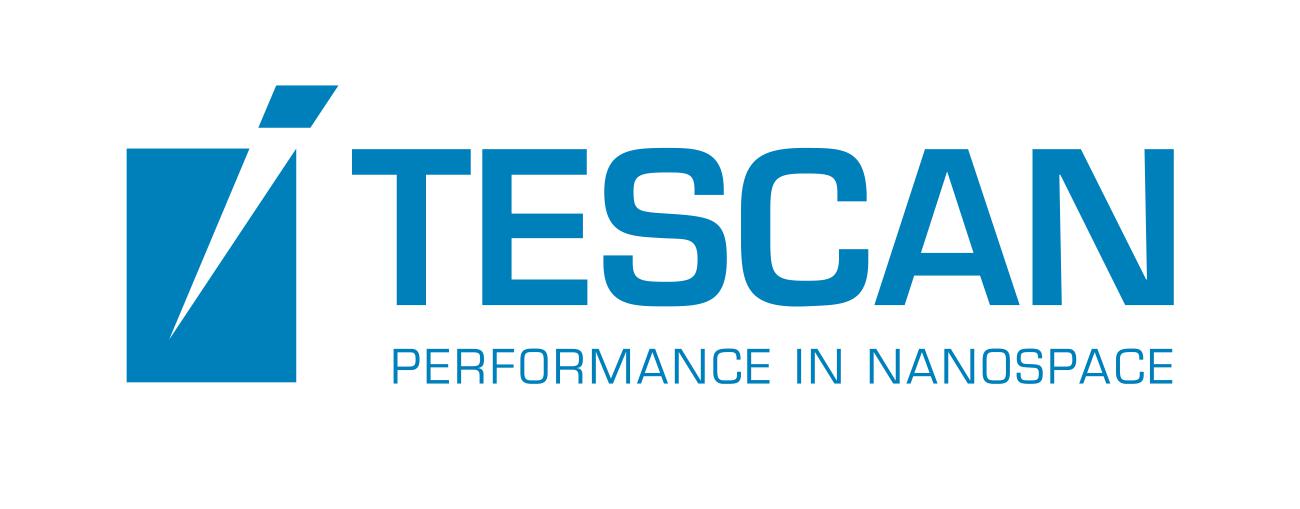Speaker
Description
The intensity and damage potential of earthquakes are linked to the speed at which rupture propagates along sliding crustal faults. Most earthquakes are sub-Rayleigh, with ruptures that are slower than the surface Rayleigh waves. In supershear earthquakes, rupture is faster than the shear waves, leading to sharp pressure concentrations and larger intensities compared with the more common sub-Rayleigh ones. Despite significant theoretical and experimental advances over the past two decades, the geological and geomechanical controls on rupture speed transitions remain poorly understood. Here we propose that pore fluids play an important role in explaining earthquake rupture speed: the pore pressure may increase sharply at the compressional front during rupture propagation, promoting shear failure ahead of the rupture front and accelerating its propagation into the supershear range. We characterize the transition from sub-Rayleigh to supershear rupture in fluid-saturated rock, and show that the proposed poroelastic weakening mechanism may be a controlling factor for intersonic earthquake ruptures.
| Participation | In-Person |
|---|---|
| Country | Spain |
| MDPI Energies Student Poster Award | No, do not submit my presenation for the student posters award. |
| Acceptance of the Terms & Conditions | Click here to agree |







